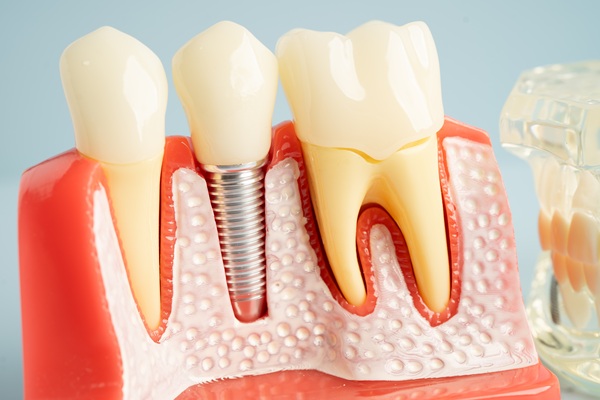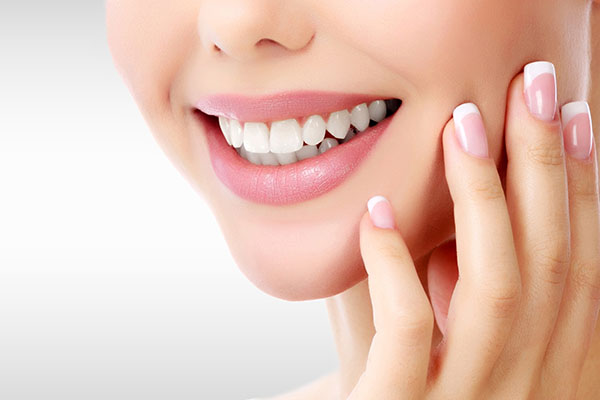Injuries That Can Result in an Emergency Tooth Extraction

If you suffer trauma or have an infection in your mouth, you may need an emergency tooth extraction. While a dentist works hard to save your teeth, there are some cases when they must remove a tooth. By keeping your teeth protected and by maintaining proper hygiene, you can reduce your risk of needing an extraction.
Common reasons for tooth extraction
You may do your best to care for your teeth, but some unexpected circumstances warrant emergency tooth extraction. By understanding why a dentist may remove your tooth, you can take measures to minimize the likelihood of this happening.
Dental trauma
The American Dental Association says that the most common cause of tooth extraction is trauma, disease or crowding. However, when the discussion is about traumatic injuries, most of them happen during sports. The treatment depends on the location, type of injury and the severity of the trauma.
If you are involved in an accident, the dentist or oral surgeon will take x-rays of the injury to see if they can save the tooth. If the tooth is cracked or fractured right to the gum line, treating it might not be an option.
Dental abscess
This occurs when infection sets in and produces a large pocket of pus. An abscess happens inside the tooth and is usually painful. However, sometimes you may not know you have an abscess until it ruptures and forms on the gum. Since a dental abscess will not heal on its own, the infection will spread further. In this case, emergency extraction may be required.
Severe cavities
Cavities usually only cause pain when they become so big that they affect the nerves. However, you may be confused regarding your dentist’s decision to remove the tooth instead of performing a root canal to curb the pain. Endodontists are experts in saving the tooth and use root canal therapy to remove infected tissue.
If the tooth decay is severe, the tooth pulp may be damaged beyond repair. Also, the tooth may no longer be able to handle chewing or other daily activities. Removing the tooth would be the only way to stop the infection. At this stage, a tooth restoration such as a dental implant would be recommended.
Advanced periodontal disease
Unfortunately, the chances of saving a tooth are slim if there is an infection in the gums. Bacteria can burrow deep into the gums, ligaments and even bones near the teeth. This disease can loosen teeth by removing the structures that help support them. If your dentist sees signs for periodontal disease, removing your teeth may be a treatment option.
Orthodontic treatment
In conventional orthodontics, extraction is the most common way to create space in your teeth during the straightening process. Although it is not exactly common for patients to need emergency extraction, it could be vital for helping to improve your smile.
Tooth extraction can save your smile
It may sound counterintuitive, but removing a tooth can save the rest of your teeth. While proper hygiene will minimize your risk of tooth decay, other factors can still cause the need for tooth extraction. If you have suffered a traumatic dental emergency or infection, visiting an emergency dentist may save you from needing an emergency tooth extraction.
Request an appointment here: https://www.lilburnfamilydentistry.com or call Lilburn Family Dentistry at (770) 800-0178 for an appointment in our Lilburn office.
Check out what others are saying about our services on Yelp: Read our Yelp reviews.
Recent Posts
Dental implants are a permanent, functional solution for patients with tooth loss in one or both dental arches. Both partial and full arch dental implants have become more accessible, customizable, and successful for a wide range of patients. However, they have different uses and candidacy requirements. Understanding the differences between these options helps clarify which…
Proper dental care can involve more than checkups every six months. When the teeth sustain damage from tooth decay or mouth injuries, a restorative dentist will "restore" the smile to its full functionality. The benefits of consulting a restorative dentist do not stop there. These dental professionals can help relieve pain and improve oral health…
A restorative dentist primarily aims to protect oral health through tooth restorations. These restorations can also prevent pain, address any discomfort, decrease the risk of future issues, and revitalize the appearance of a smile. Here is a look at common problem-causing conditions and treatments they use to address them.Decay can wreak havoc, causing tooth pain,…
Full mouth reconstruction is a comprehensive dental treatment plan designed to restore a patient's smile to its optimal function, health, and appearance. It involves a combination of restorative and cosmetic procedures tailored to address various dental concerns, including missing teeth, severe decay, bite problems, and jaw misalignment. Understanding the steps involved in full mouth reconstruction…


